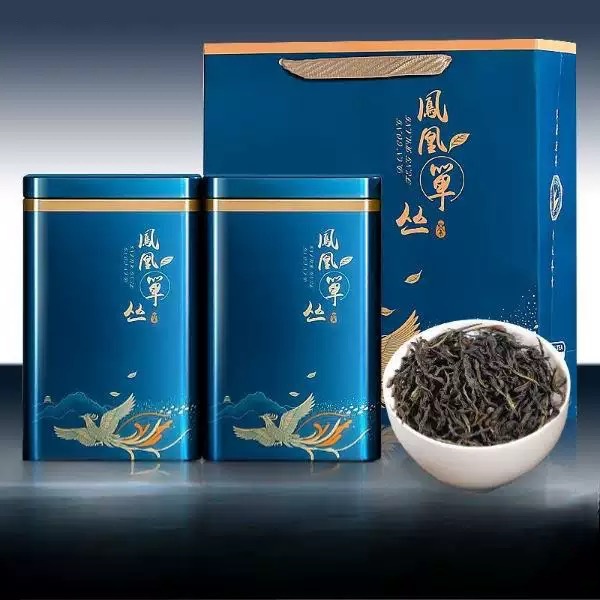
# The Cultural Significance of Oolong Tea in China
## Introduction to Oolong Tea
Oolong tea, known as “wūlóng chá” (乌龙茶) in Chinese, holds a special place in China’s rich tea culture. This partially oxidized tea bridges the gap between green and black teas, offering a unique flavor profile that has captivated tea enthusiasts for centuries.
## Historical Roots of Oolong Tea
The origins of oolong tea can be traced back to the Fujian province during the Ming Dynasty (1368-1644). Legend tells of a tea farmer who was distracted by a deer while processing his tea leaves, resulting in partial oxidation. This happy accident created what we now know as oolong tea.
Regional Variations and Production
China boasts several famous oolong-producing regions, each with distinct characteristics:
- Fujian Province – Home to Tieguanyin and Da Hong Pao varieties
- Guangdong Province – Famous for Phoenix Dan Cong oolongs
- Taiwan – Produces high-mountain oolongs like Dong Ding and Alishan
## The Art of Oolong Tea Preparation
Traditional Chinese oolong tea ceremonies emphasize the “gongfu” method, which involves:
1. Warming the teaware
2. Measuring the precise amount of leaves
3. Multiple short infusions
4. Appreciating the tea’s evolving aroma and flavor
## Cultural Symbolism of Oolong Tea
In Chinese culture, oolong tea represents:
– Balance between yin and yang
– Harmony with nature
– Refinement and sophistication
– Social connection and hospitality
## Modern Appreciation of Oolong Tea
Today, oolong tea continues to be celebrated in China through:
Tea competitions where masters showcase their processing skills
Cultural festivals dedicated to oolong varieties
Keyword: Oolong Tea in Chinese Culture
Health research exploring its potential benefits
## Conclusion
Oolong tea remains an integral part of Chinese cultural heritage, embodying centuries of tradition, craftsmanship, and philosophical ideals. Its continued popularity both in China and worldwide testifies to its enduring appeal and cultural significance.
